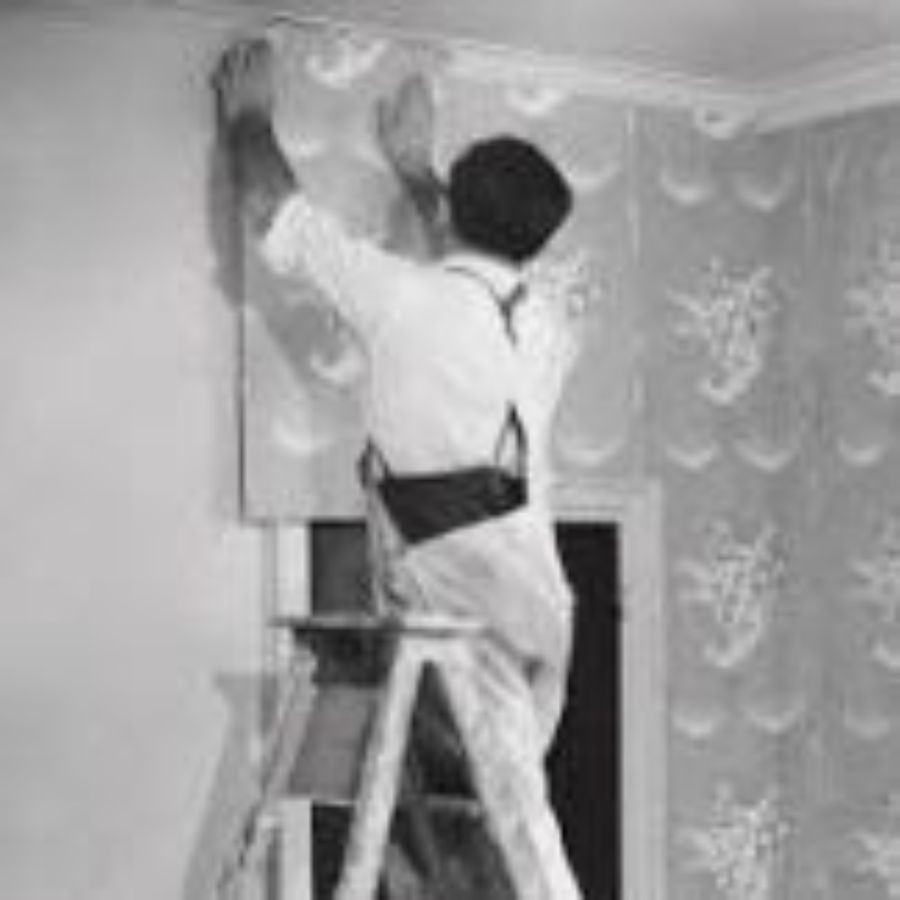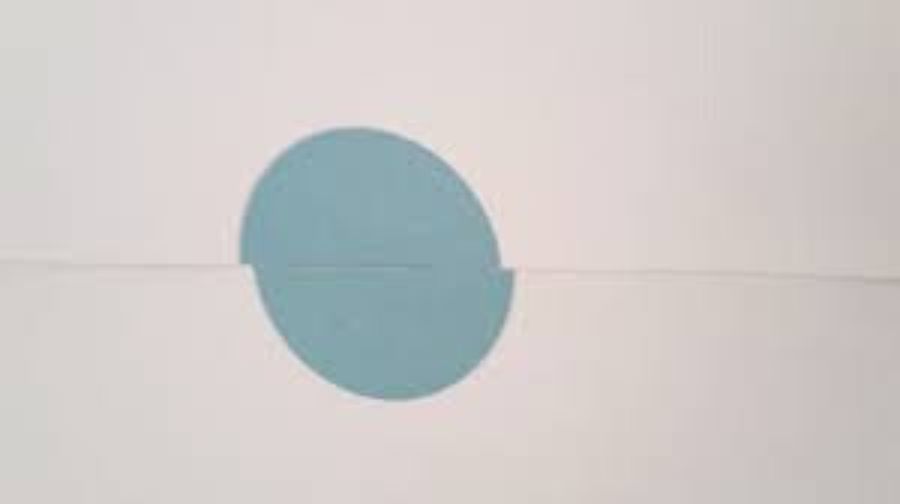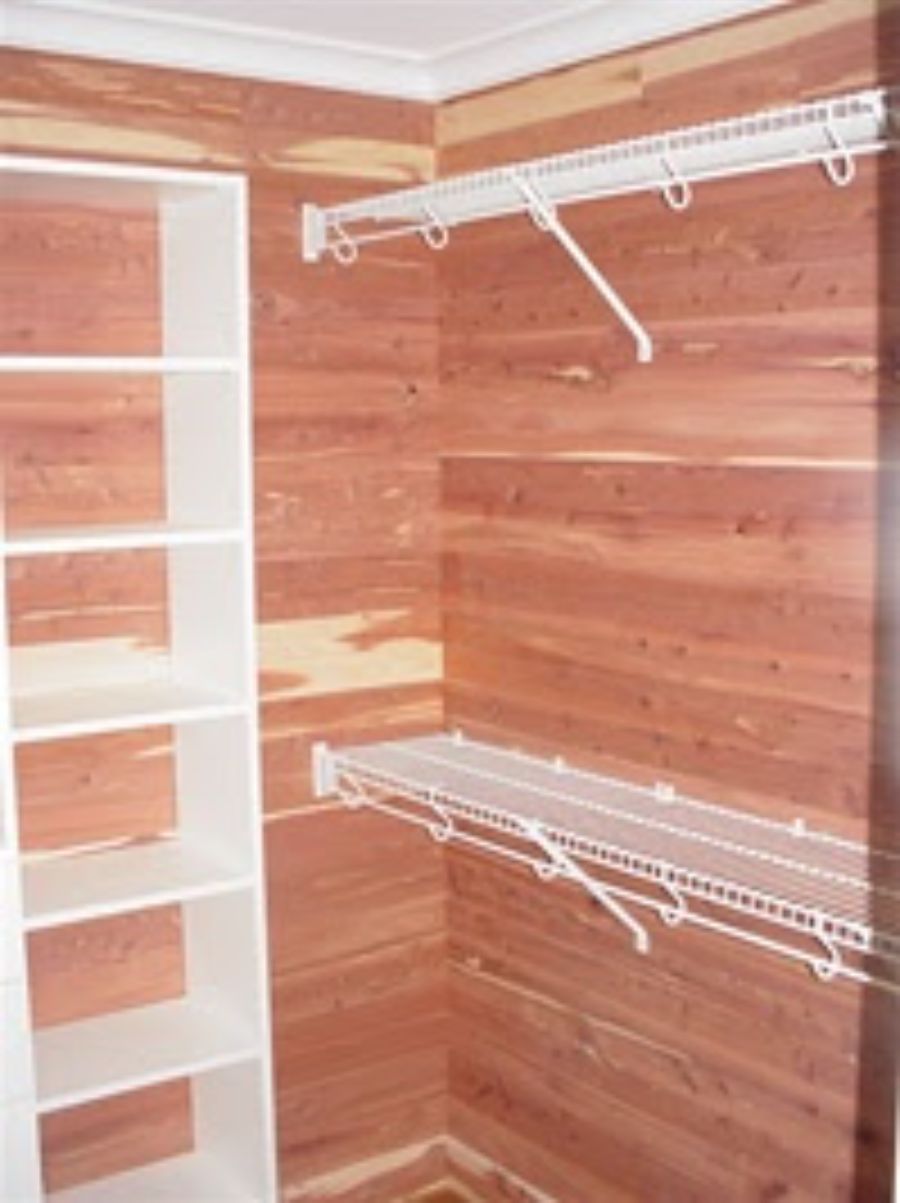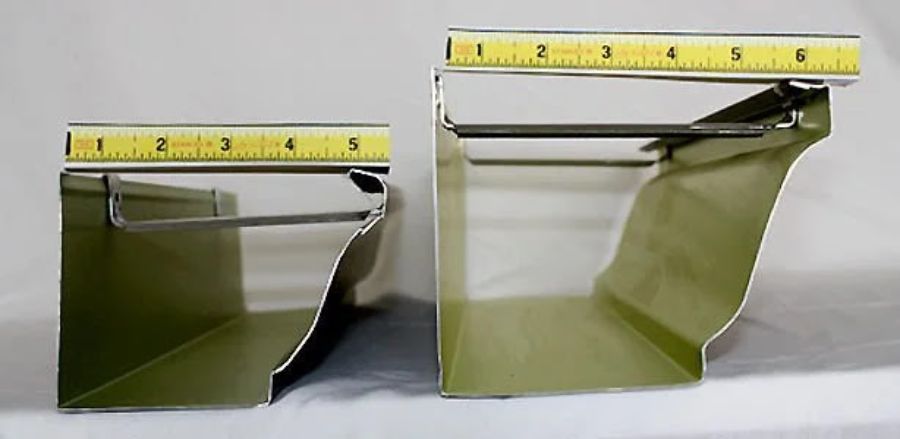In a portion of the industry that is not as prevalent as it once was, there is a bit of a “code word” often used that may be a little tricky to understand at first.
When hearing the term ‘sizing’ in the context of hanging wallpaper, your first inclination may be to assume that the ‘sizing’ action has to do with measuring a wall for wallpaper so that the appropriately sized wallpaper can be cut and then hung.
The actual definition of ‘sizing’ as it relates to wallpaper, however, is actually quite different.

When people decide to wallpaper a room, they often focus on picking patterns, colors, and textures.
Though before the wallpaper ever goes up, the wall needs to be properly prepared.
One important step in this preparation is something called ‘sizing’.
‘Sizing’ is simply the process of applying a special liquid solution to the walls before hanging wallpaper. This step makes the wallpapering process smoother, cleaner, and more durable.

What exactly is this solution?
Wallpaper sizing is usually a thin mixture that acts as a type of primer or sealer for the wall. It is brushed, rolled, or sometimes sprayed onto the wall surface after the wall has been cleaned, patched, and sanded. Once applied, it dries clear and leaves the wall slightly tacky to the touch. That tackiness is key – it helps the wallpaper paste grip the wall evenly, making it easier to slide the paper into position and then set it firmly in place.

One of the main purposes of sizing is to make the wallpaper easier to install.
Without sizing, the paste can soak into the wall too quickly, causing the paper to stick before you are ready. That can make it hard to adjust the seams or align the patterns properly. With sizing, you have more time to move the wallpaper around until everything lines up just right. For beginners, this can make a huge difference in how professional the finished walls look

Another big reason to size a wall is protection.
Wallpaper paste is wet when it goes on, and if your wall is dry and porous, it can absorb the moisture unevenly. That may lead to bubbles, wrinkles, or areas where the wallpaper simply won’t stick. By applying sizing, you create a smooth, sealed surface that prevents these problems. It also helps protect the wall itself.
When the day comes to remove or replace the wallpaper, sizing makes the process much easier. Instead of ripping off chunks of drywall or leaving sticky residue behind, the wallpaper peels away more cleanly.

Sizing also improves durability. Wallpaper that is hung over properly sized walls tends to last longer because it bonds more evenly. There are fewer weak spots where edges might curl or seams might separate over time. In fact, many professional wallpaper installers consider sizing an absolute must, even if the walls look smooth and clean already.
Some people confuse wallpaper sizing with actual priming, and while they are similar, they are not the same.
Actual primers are thicker coatings that, among other things, cover stains or dark colors and create a uniform base for paint or wallpaper.
Sizing is much thinner and is specifically designed to interact with wallpaper paste.

Depending on the condition of the wall, a professional might use both – an actual primer to seal and prepare, and sizing to ensure the wallpaper adheres properly.
Sizing for wallpaper is a preparation step that should not be skipped.
Sizing makes the paper easier to hang, prevents problems during installation, helps protect the walls, and ensures that the wallpaper will look better and last longer.
If you are planning a wallpaper project, think of sizing as the secret helper that makes everything go smoothly.
Follow Us on Social Media!





